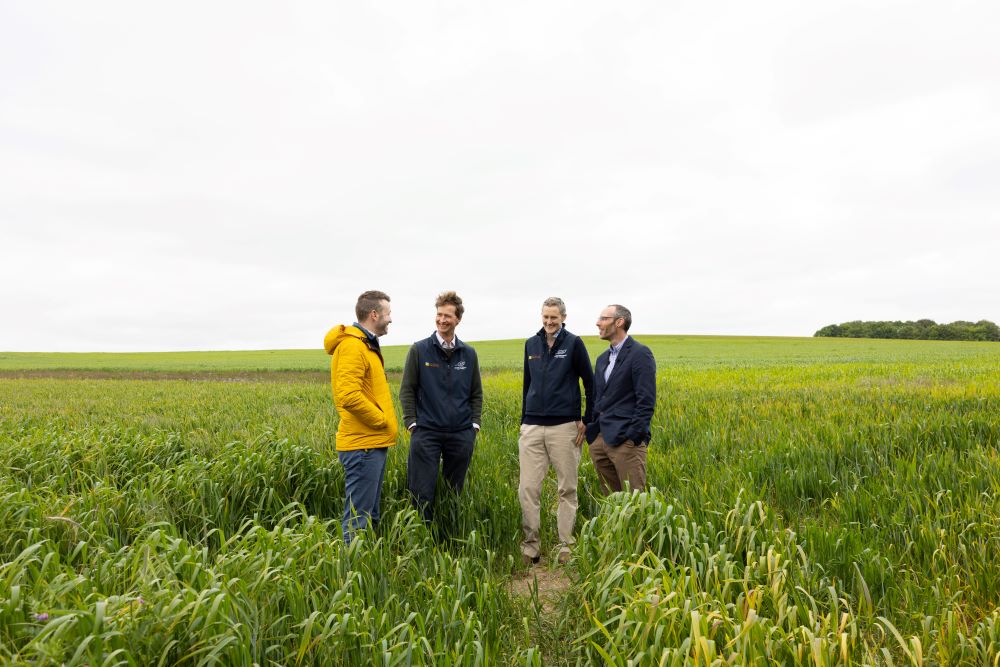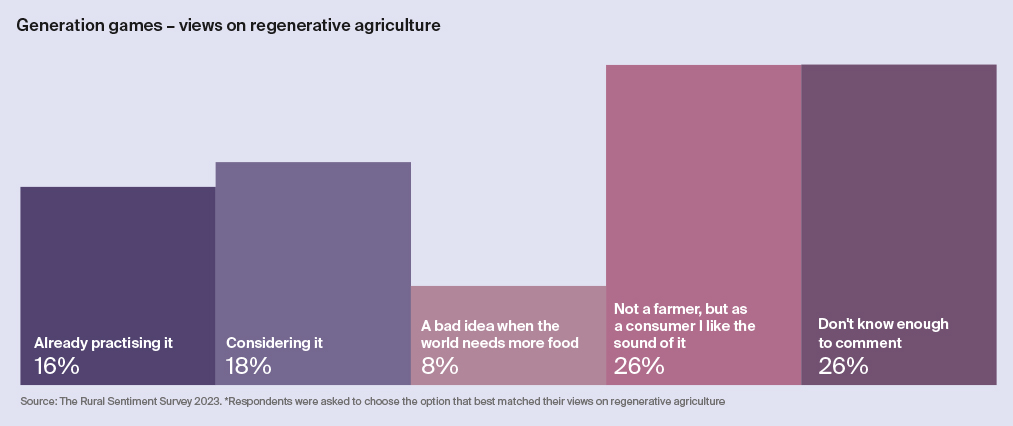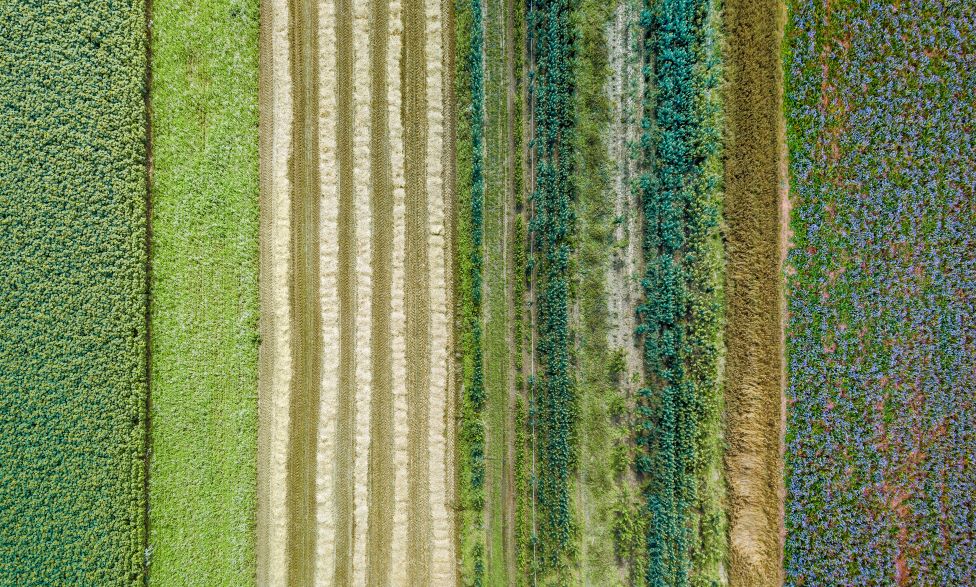Regenerative agriculture – is it a profitable venture?
We take a look at a farm practicing regenerative agriculture to see how it impacted its costs and look at the risks involved.
2 minutes to read
Regenerative agriculture is a farming practice that aims to improve soil health, increase biodiversity, and reduce the use of synthetic inputs.
It is an important concept that has been gaining traction in the agricultural industry.
Volatile costs and output prices, more frequent extreme weather and changing subsidy policies mean farmers are looking for production systems that can ride out these external pressures and still deliver a sustainable income.
The Rural Report 2023/24 offers rural property owners and businesses the latest news, guidance, advice and key insights in rural markets.
Download The Rural Report 2023/24
Regenerative agriculture – is it really worth it?
As part of the research for The Rural Report 2023/24, Mark Topliff, rural research, visited award-winning Kentish farm, Nonington Farms, who work with Knight Frank’s Agri-Consultancy team, to delve into whether working with nature can still be profitable.
At the farm, Mark meets James and Emma Loder-Symonds, who run Nonington Farms near Canterbury, who have employed regenerative agriculture principles since 2017.

Mark Topliff (end right) discusses the regenerative practices at Nonington Farms with Tom Heathcote, Head of Agri-Consultancy and his clients, The Loder-Symonds
James talks about their approach to regenerative agriculture and points to a move towards more direct drilling, growing cover crops and including livestock rotation as part of a more resilient, lower input system.
Nonington Farms has seen significant savings in costs since moving from a high input, high output system to a regenerative agriculture approach.
Seeds, sprays and fertiliser costs have fallen by nearly £80/acre. A key part of this has been a 50% reduction in nitrogen fertiliser due to cutting out less productive areas, a focus on soil health and the integration of livestock into the rotation.
Generational views on regenerative agriculture

Throwing caution to the regenerative wind
Tom Heathcote, who heads up the Knight Frank Agri-Consultancy team and works closely with the Loder-Symonds, says it is a mistake to assume that adopting regenerative agriculture will automatically mean an impact on crop yields.
“It isn’t always the case. If you employ regenerative agriculture principles carefully, it is possible to avoid yield drops. But every farm and system is unique, and even if you do experience a reduction in yield, it might not matter as cost savings should outweigh falls in output.”
Changing your farming system can be nerve-racking, especially if you have been farming a particular way for some time.

Reducing fertilisers to improve soil health is a key part of a regenerative approach
In our Rural Sentiment Survey, just over a quarter of respondents said they didn’t know much about regenerative agriculture and about a sixth are looking to practise it in the future. It can be the step into the unknown that puts people off trying a different approach.
But this can be overcome if you take it carefully, adopt any changes in bite-sized chunks and are prepared to accept that not every change will work.
Read more about the award-winning Kentish farm on page 70